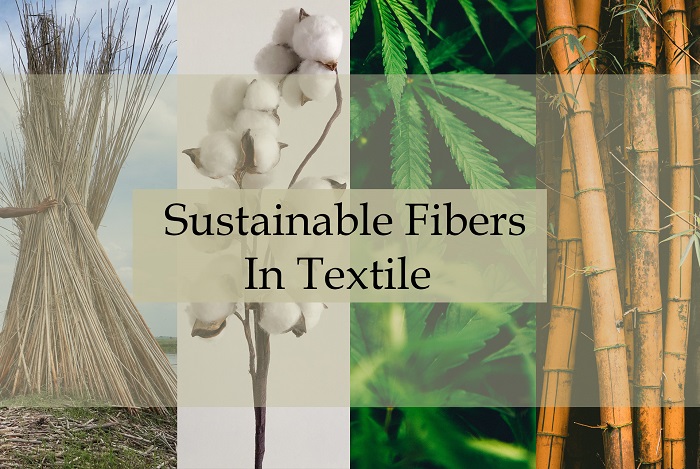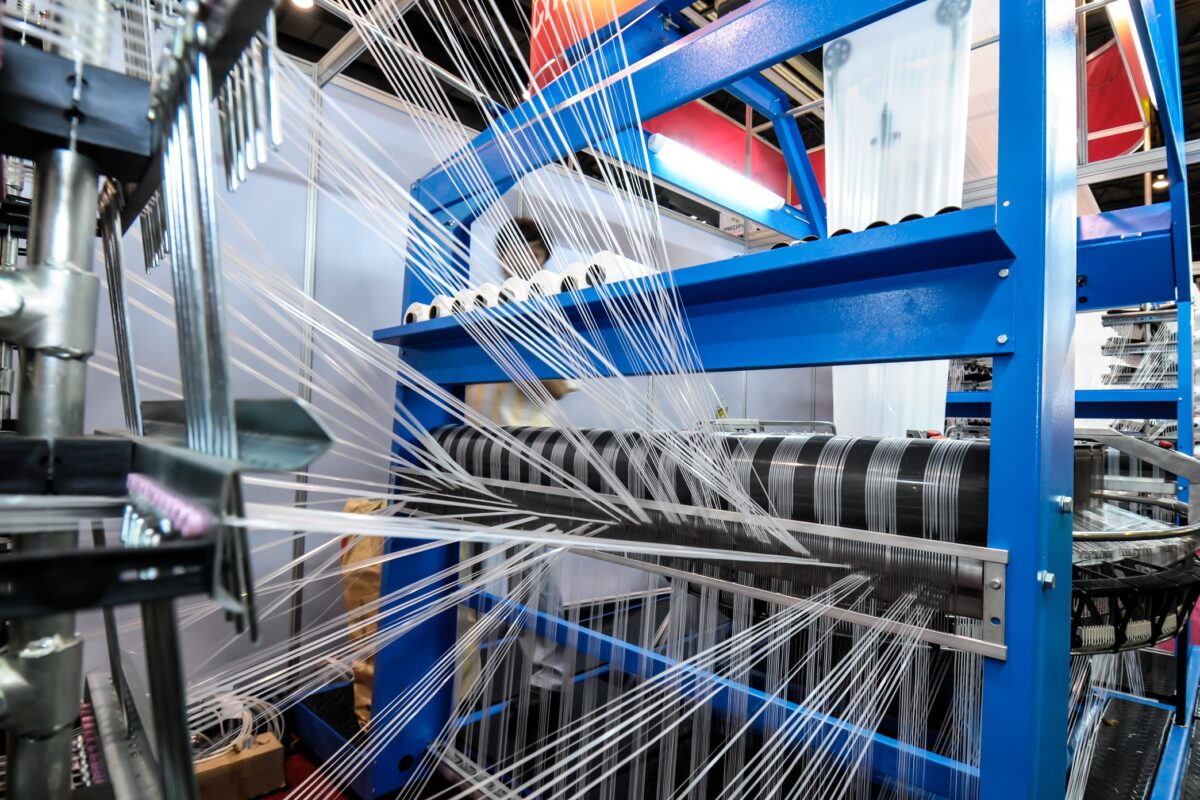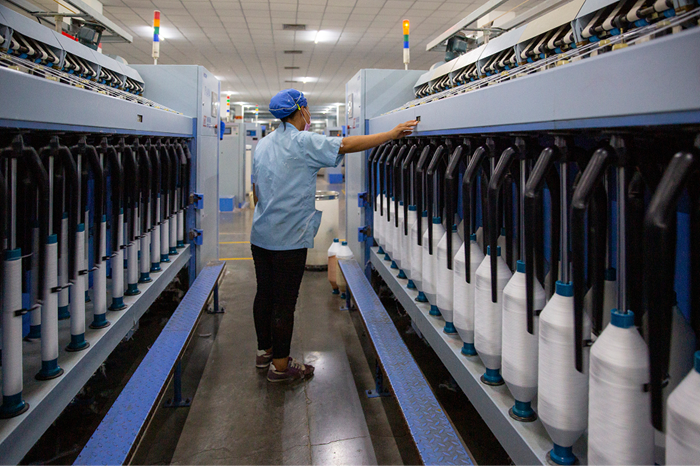
The quest for sustainable and high-performance alternatives to traditional resources has sparked a revolution in fiber use. According to the Material Innovation Initiative (MII), while alternative leathers have gained traction, the broader realm of alternative fibers remains vastly untapped, holding less than a 1 per cent market share. This underscores a significant opportunity for innovation and growth, particularly in mitigating the environmental impact of materials like silk, wool, and fur, which heavily rely on animal agriculture.
Environmental imperatives of traditional fibers
Traditional production methods for materials such as wool and silk entail extensive land use, substantial water consumption, and significant greenhouse gas emissions. Notoriously water-intensive, wool production, and the ethical concerns surrounding silk farming highlight urgent environmental and ethical considerations in these sectors.
Biotechnology, pioneering sustainable solutions
Biotechnological advancements are proving to be game-changers in material innovation. Emerging processes now allow for the biofabrication of fibers, where plant-based carbon is transformed into complex proteins using microorganisms. These engineered proteins boast customizable properties, making them suitable for diverse applications ranging from textiles to automotive components.
AMSilk, leading the charge in biofabrication
AMSilk stands at the forefront of this biotechnological frontier with their innovative biofabricated silk proteins. Conducting cradle-to-gate analyses, AMSilk has demonstrated that their biotech silk production phase contributes less than 20 per cent of the overall environmental impact compared to traditional methods. This reduction is achieved through streamlined processes that minimize land and water usage, setting a new standard for sustainable material production.
Versatility and adaptability of biofabricated fibers
The versatility of biofabricated proteins is unparalleled. These materials can be precisely tailored at a molecular level to meet specific performance criteria, from lightweight applications to robust structural uses. Already, more than 50 potential cross-industry applications have been identified, showcasing the broad scope of their potential impact.
Harnessing AI and precision bio-fermentation
The integration of artificial intelligence (AI) and precision bio-fermentation technology is accelerating the scalability and affordability of alternative materials. AI-driven protein engineering enables the creation of proteins with enhanced performance attributes, while precision bio-fermentation facilitates large-scale production at competitive prices. These advancements are poised to disrupt up to 50% of the global materials market, with immediate applications across textiles, consumer goods, automotive, agriculture, and food packaging.
India's role in the sustainable fiber revolution
India, renowned for its rich textile heritage, is emerging as a pivotal player in the sustainable fiber revolution. With the Indian technical textiles market projected to reach $30 billion by 2027, there is a growing demand for sustainable and high-performance materials. The government has launched initiatives like the National Technical Textiles Mission, aimed at boosting the production and adoption of technical textiles, including sustainable fibers. Efforts are also underway to promote the cultivation and processing of natural fibers such as cotton, jute, and bamboo, emphasizing sustainable practices across the industry.
India's growing startup culture is spearheading innovative approaches to sustainable materials. Companies are leveraging agricultural waste to develop biodegradable textiles and packaging solutions. Notably, Ananas Anam has pioneered a leather alternative derived from pineapple leaf fibers, gaining traction among Indian enterprises committed to sustainability.
The Indian government's support for research and development in sustainable fibers is robust, with significant investments and funding directed towards advancing these technologies. Research institutes across India are actively engaged in pioneering sustainable solutions, underscoring the nation's commitment to driving environmental stewardship through innovation.
As global industries shift towards sustainability, the convergence of biotechnology, AI, and proactive governmental support is paving the way for a new era in material innovation. With India poised to play a central role in this transformative journey, the future promises a landscape where sustainable fibers not only meet but exceed global market demands, ushering in a cleaner, greener, and more resilient future.












